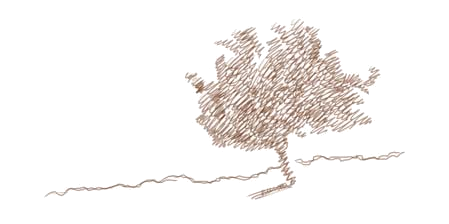EPS, XPS or PIR for EWI?
I'm having second thoughts about using Polyisocyanurate (PIR) boards for our external wall insulation (EWI). PIR is the best commonly available insulator, so it will enable us to get the most insulation into the limited thickness that we have available. Unfortunately, I've just learned that PIR has some problems that …
View comments more ... firetree.net
firetree.net